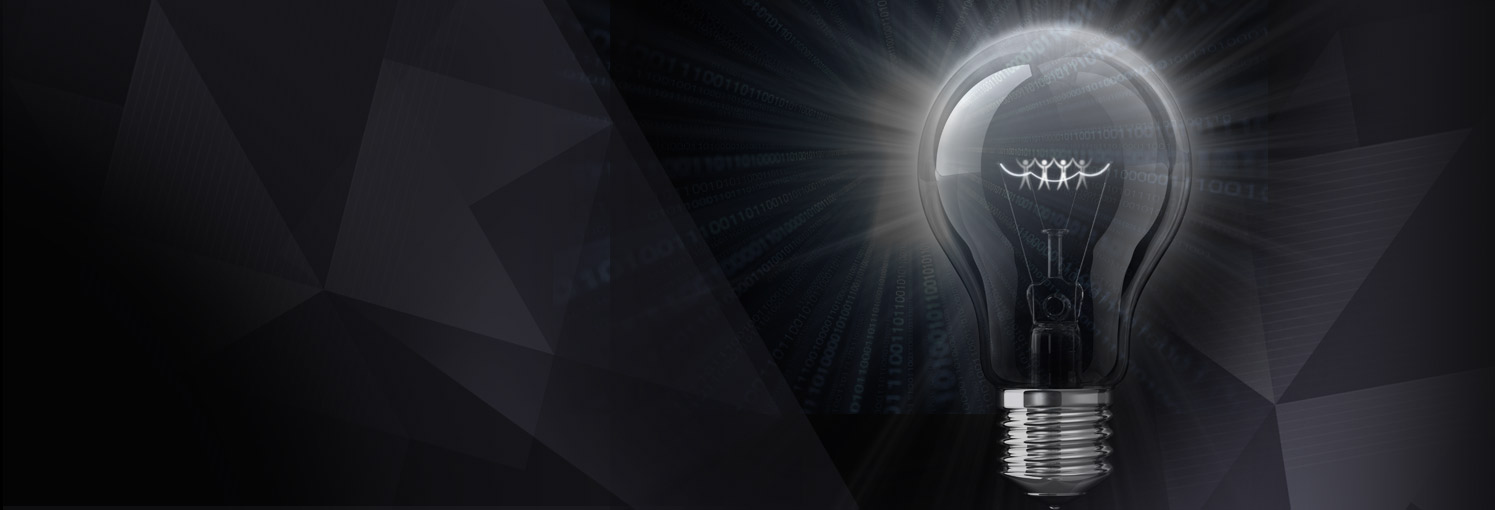The ongoing patent dispute between Warner-Lambert v Generics (UK) Ltd and Actavis continued last week with a four-day Hearing before the UK Supreme Court. The case that was heard concerns patent EP(UK) 0 934 061, which has second medical use claims directed to pregabalin for the treatment of pain. In a High Court ruling back in 2015, the patent was held invalid for lack of sufficiency and this decision was later upheld by the Court of Appeal. The Supreme Court has been considering the following issues relating to sufficiency of disclosure:
- Whether plausibility should play a role in the statutory test for sufficiency (if so, what role), and whether a patent should be held insufficient for lack of plausibility even though it is in fact enabled across the full scope of the claim.
- If a plausibility test is appropriate, provided there is basis to support the claim across part of its scope, whether later evidence can be used to fill the gap.
- The correct approach to (and the use of expert evidence in) the construction of patent claims.
- Whether a post-trial application to amend an invalid patent claim to limit it to a part found to be plausible is an abuse of process.
The Supreme Court’s consideration of plausibility will have important implications, particularly for patentees seeking to protect new uses of known drugs via second medical use claims. There are fears amongst those in the Bio industry that if the plausibility bar is set too high, pharma companies will need to accrue a significant body of data prior to filing a patent application. In turn, this could jeopardise novelty and/or inventive step if the patent filing is delayed. There is a high level of interest in this case and the UK BioIndustry Association was granted permission to intervene.
We will of course report the outcome of the Supreme Court’s judgment as soon as this is available. In the meantime, you can watch the Hearing here, and for those interested to read more on the topic of “plausibility” in patent law, see our previous article here.
